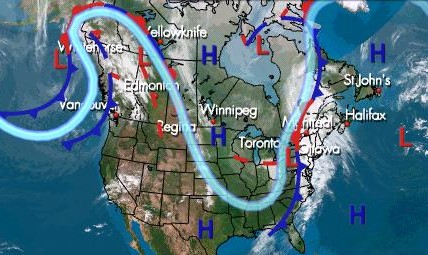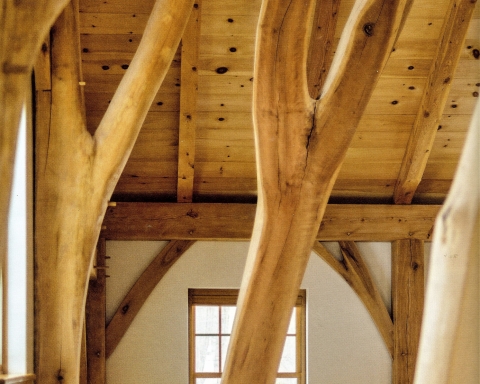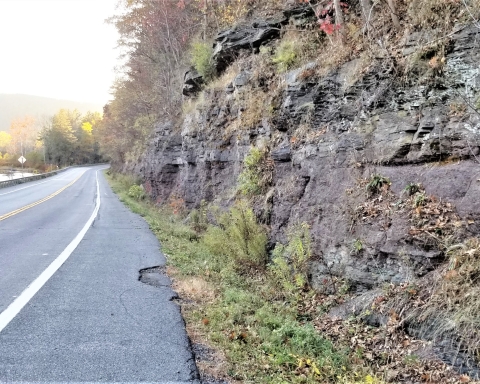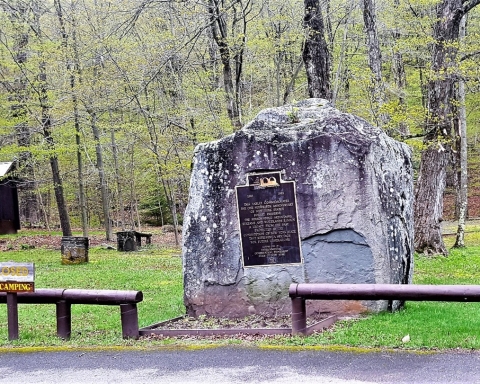The Catskills: mountains or a plateau?
The Catskill Geologists
The Mountain Eagle
Robert and Johanna Titus
One of us, Robert, once suddenly began receiving hordes of emails from the students of an eighth grade middle school class. Each message claimed that he, Robert, had made a bad blunder in referring to the Catskills as being mountains. Each of them “corrected” Robert by pointing out that the Catskills are actually a “dissected upland plateau.” Their teacher had assigned them to do this. He wanted to know how Robert would respond to having been shown to be in error. Needless to say, this was annoying. It is, however, a commonly held notion that the Catskills are, on the basis of some narrow technicalities, not a range of mountains, but a plateau that has been lifted and then eroded, or dissected, by numerous streams, hence a dissected plateau. Let’s deal with all this in today’s column.
English is a wonderful language, well suited to describe the distinctions between all sorts of ethereal concepts. Typically, it is possible to use a choice of several words to describe the same thing. The words mountain and plateau are examples. The two terms grade into each other, but are defined in the Glossary of Geology, published by the American Geophysical Society (AGI). These are thus as close to official as such definitions can get, and they give plenty of guidance and also considerable leeway in using the two words.
The AGI definition describes mountains as being, first of all, taller than hills, usually rising more than 1,000 feet above surrounding lands. Equally important, mountains have restricted summits. They have steep slopes and considerable exposed bedrock. Perhaps most importantly, they are distinctive enough to have individual names. That last point is subjective, but critical.
Plateaus do not have restricted summits; they are “comparatively” flat areas “of great extent and elevation.” A plateau’s “flat and nearly smooth surface” can be “dissected by deep valleys or canyons.” But in the end, it must have a “large part of its total surface at or near the summit level.” When we look at maps of the Catskills, we think that the valleys are so broad, and the summits so restricted that they just do not conform to the notion of a plateau.
The Catskills are composed entirely of nearly horizontal sedimentary rocks and some think that this makes them a plateau. But the AGI definition does not prohibit flat-lying strata within mountains. Nor does it does it require them in plateaus. Those horizontal strata date back to the origins of the Catskills as a great flat-topped delta.
We travel the Catskill Mountains and see so many distinctive summits. Slide Mountain meets all the standards required to be a true and distinctive mountain. So do North and South Mountains, Overlook Mountain, Windham High Peak and so many others.
When there are a number of such mountains, the AGI glossary specifies that they can be combined under a proper name heading, such as the Adirondack Mountains.
But, beyond all of the above, there is an issue of elegance. English should, as often as possible, be an elegant language. Its words should flow off the tongue smoothly, they should also read the same way. We ask you: did Rip Van Winkle sleep for 20 years in a dissected upland plateau or in the Catskill Mountains?
Climb to the top of Slide Mountain someday this summer. Gaze out all around and decide for yourself: are you standing on top of a plateau?
Contact the authors, unless you are an eighth grade teacher, at randjtitus@prodigy.net. Join their facebook page “The Catskill Geologist.”






You say that the Catskills are not a plateau. That’s correct; they’re not a plateau. They’re a dissected plateau. In the context of a geology discussion, the students are correct, and the proper terminology should be used.
That said, while the students are correct that the Catskills are not orogenic mountains, I would agree with you that common parlance would describe them as mountains. I do think you could phrase your disagreement with the students less harshly, though.
I think the teacher was looking for an argument, not an explanation. Not a good teaching technique.